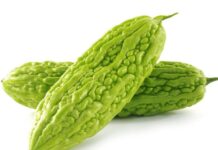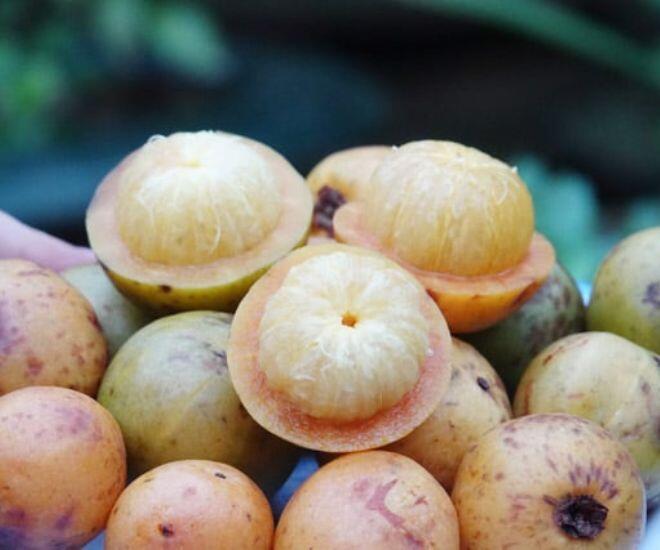
The Rambutan Forest, or “forest mangosteen,” bears a striking resemblance to the mangosteen fruit. Its small, round shape and thick rind transform from green to a vibrant orange-yellow when ripe. Inside, the juicy segments are both visually appealing and enticing. Enjoying the fruit is a breeze—simply peel it by hand or slice through the rind with a knife, releasing a burst of sweet and tangy flavors that dance on your palate.
Rambutans come in two main varieties. The first, known as the tower rambutan, boasts large, fleshy fruits with a sweetness akin to mangosteen, often enjoyed fresh. The second, the ganged rambutan, is smaller with a pronounced tartness, making it a popular choice for culinary creations, especially in sour soups or infused in alcohol. While the ganged rambutan lacks the sweetness of its tower counterpart, it offers a unique, refreshing sourness that’s hard to replicate with other fruits.
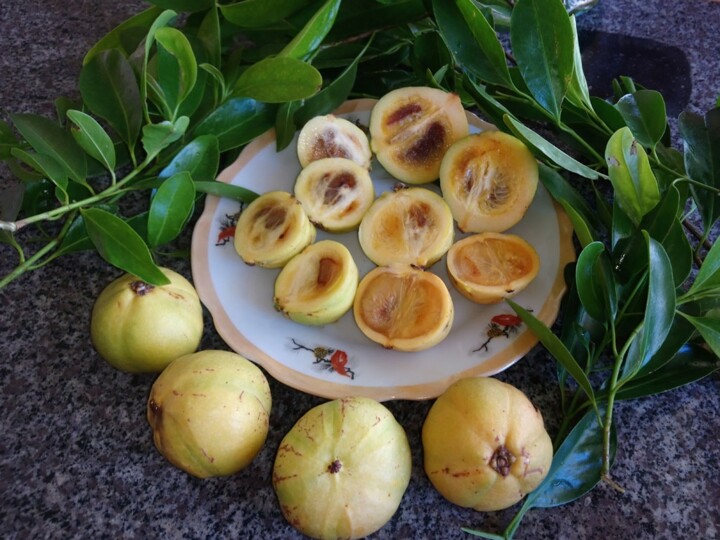
In Quang Ngai, locals prepare rambutans in a variety of ways. Fresh, ripe rambutans offer a perfect balance of sweetness and tartness, leaving a lasting impression. For those unaccustomed to its taste, the rind may initially feel astringent, but a few more bites reveal a harmonious blend of mild sweetness and refreshing sourness. Beyond eating it fresh, rambutans enhance daily dishes. Just one or two fresh fruits can elevate a fish soup, while the island variety, grown along coastal areas, is ideal for seafood sour soups, merging the ocean’s brininess with the forest’s tangy essence.
To enjoy rambutans year-round, locals preserve them through a traditional method. After harvesting, the rind is removed, and the flesh is halved or quartered, then sun-dried for one to two days until it darkens. Though less visually appealing, dried rambutans pack a concentrated flavor. A few slices added to soups or seafood hotpots impart a gentle sourness that deepens with cooking, unlike other sour fruits that can be harsh on the throat.
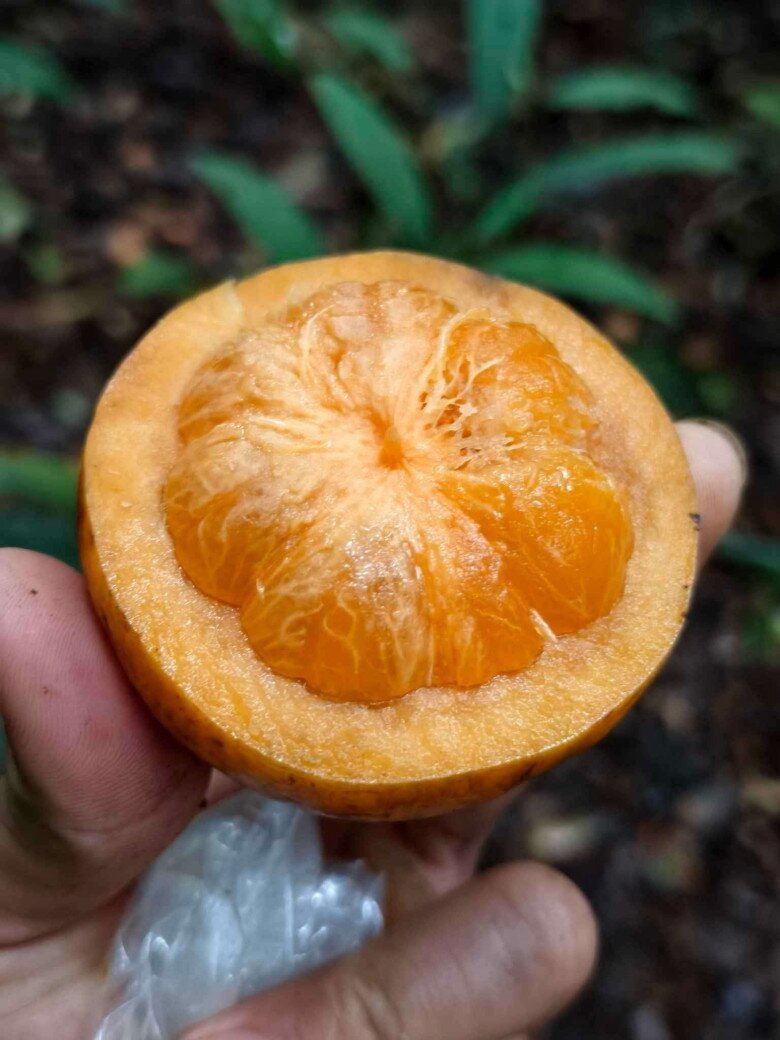
Rambutan season peaks around September in the lunar calendar. During this time, vibrant clusters of yellow fruit stand out against the green forest canopy, creating a lively scene. Locals often venture into the forest to harvest rambutans, both for personal use and to sell to passersby or send to other provinces. For mountain children, rambutans are a cherished treat. After school, they climb trees or use sticks to knock down the fruit, creating memories flavored with its sweet and sour taste.
Rambutans are not only delicious but also packed with health benefits. Rich in vitamin C, they boost immunity. Traditional remedies use rambutans to treat stomach ulcers, allergies, skin irritations, and digestive issues, making them a valued medicinal fruit in Central Vietnam.
Once abundant near forest edges, rambutan trees have become scarce due to shrinking natural forests and the spread of acacia and eucalyptus plantations. Today, they are found only in deep forests, making the fruit a prized find.
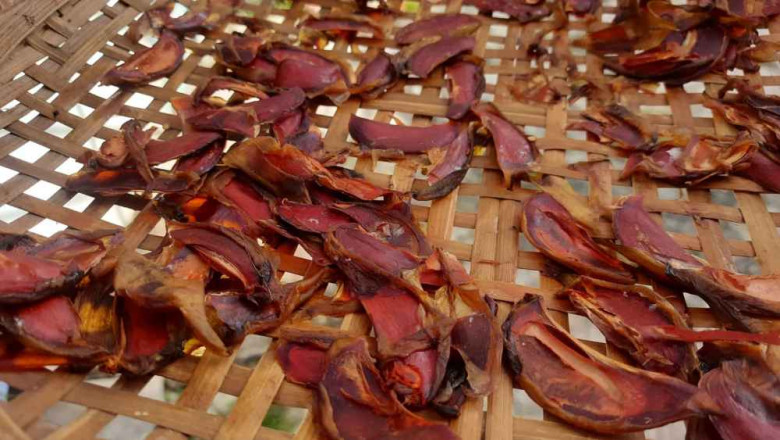
In early autumn, visitors to Quang Ngai, especially Tra Bong district, often encounter roadside vendors selling fresh rambutans. Prices range from 25,000 to 30,000 VND per kilogram, depending on the season. During peak season, prices drop slightly, but high demand ensures quick sales. In recent years, forest rambutans have appeared on e-commerce platforms at around 40,000 VND per kilogram, catering to distant consumers.
Beyond fresh consumption, urban consumers use rambutans in beverages. The flesh is often steeped in sugar to make syrup for natural sweet and sour drinks. Some infuse rambutans in alcohol for a unique flavor. Fans of sour fruits order large quantities, from 5 to 10 kilograms, for both eating and processing. Some even pre-order before the season begins, highlighting the fruit’s allure.
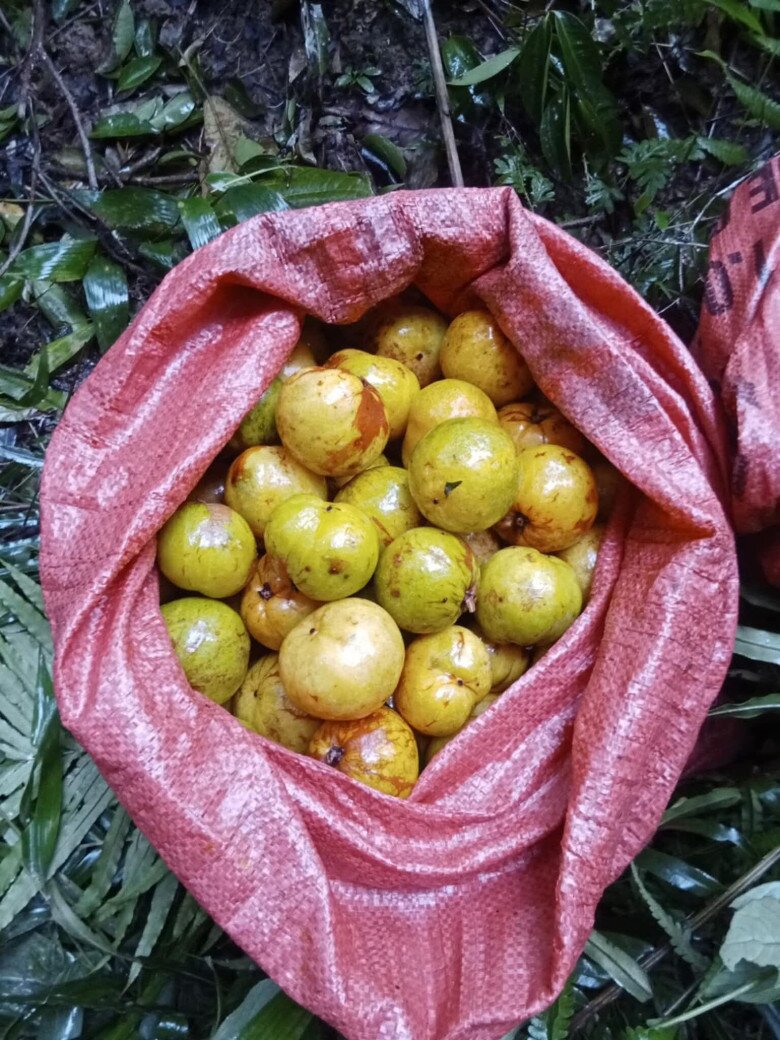
From a childhood snack to a celebrated specialty, rambutans now play a key role in promoting Quang Ngai’s image. Combining natural, culinary, and medicinal qualities, this fruit is gaining attention. Though less flashy than other fruits, its authentic forest flavor makes it a standout in Central Vietnam’s culinary landscape.













